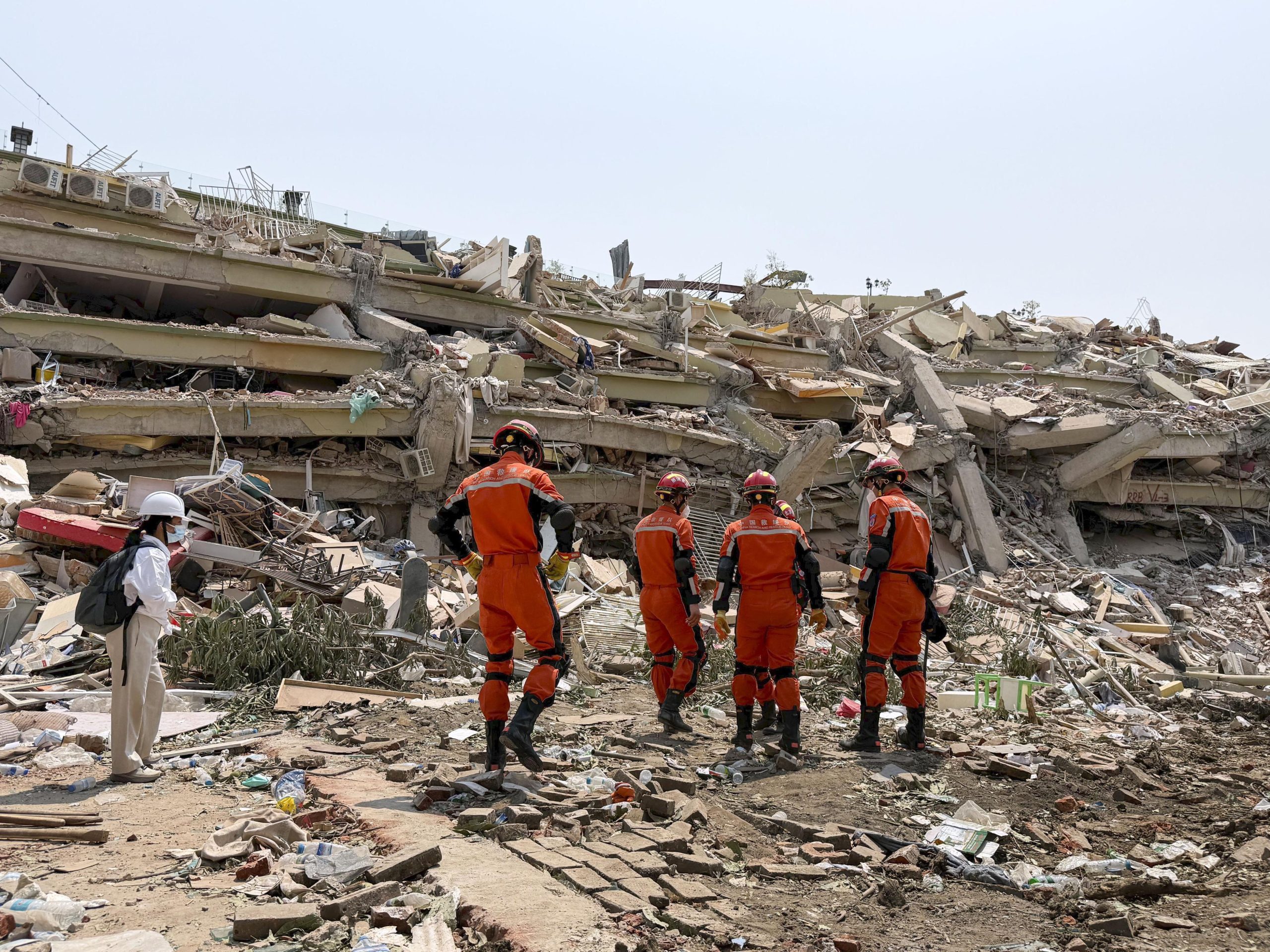In the first week of May, in what was essentially a domestic dispute, a Christian woman by the name of Abeer Fakhry, wanting to divorce her husband, announced her conversion to Islam. It was her only option for legal separation, divorce being a near-impossibility under the Egyptian Coptic church, but the incident turned into an armed battle, injuring scores of people and killing 12 in the Imbaba neighbourhood of Cairo.
A rumour spread that Abeer was being held against her will inside the Mar Mina church, which became the epicentre of sectarian fights. The case echoes the now infamous Kamilia Shehata saga, Shehata’s religious affiliation and whereabouts have remained a matter of speculation for nearly two years.
While accusations of interference by the last remaining members of the Mubarak ranks, by “foreign elements”, or even by imprisoned Mubarak staffers continue, the reality is that the recent violence represents years of sectarian tension. This strain regularly finds an escape valve in the form of violence, first between individuals, then later, escalating to engulf full communities.
The new player in the story is the Salafis, a hardline Islamist group which had, until the January 25 revolution, remained largely out of the public sphere and appeared not to have political ambitions. The Salafis deem the entire political system to be flawed and nursed dreams of a Caliphate through pamphlets they distributed in the aftermath of the revolution. They have, however, emerged in recent months as a political player — campaigning in favour of the constitutional amendments that Egyptians have voted upon in March — as well as an organised force, as demonstrated by their deployment of followers in Imbaba. Their political rhetoric during the Imbaba dispute was shrouded in religious language, they claimed they were acting in defence of Muslim converts being withheld against their will.
Salafis also made the headlines when they took over the Nour mosque in Cairo in April — preventing the regular sheikh from giving his weekly Friday sermon. Only a muscled intervention from the army regained control of the mosque several weeks later.
With fiery declarations and the occasional display of force, the Salafis — in no way a homogenous group — are likely to remain in the public eye. Whether they become a force for destabilisation and sectarian violence remains to be seen.




